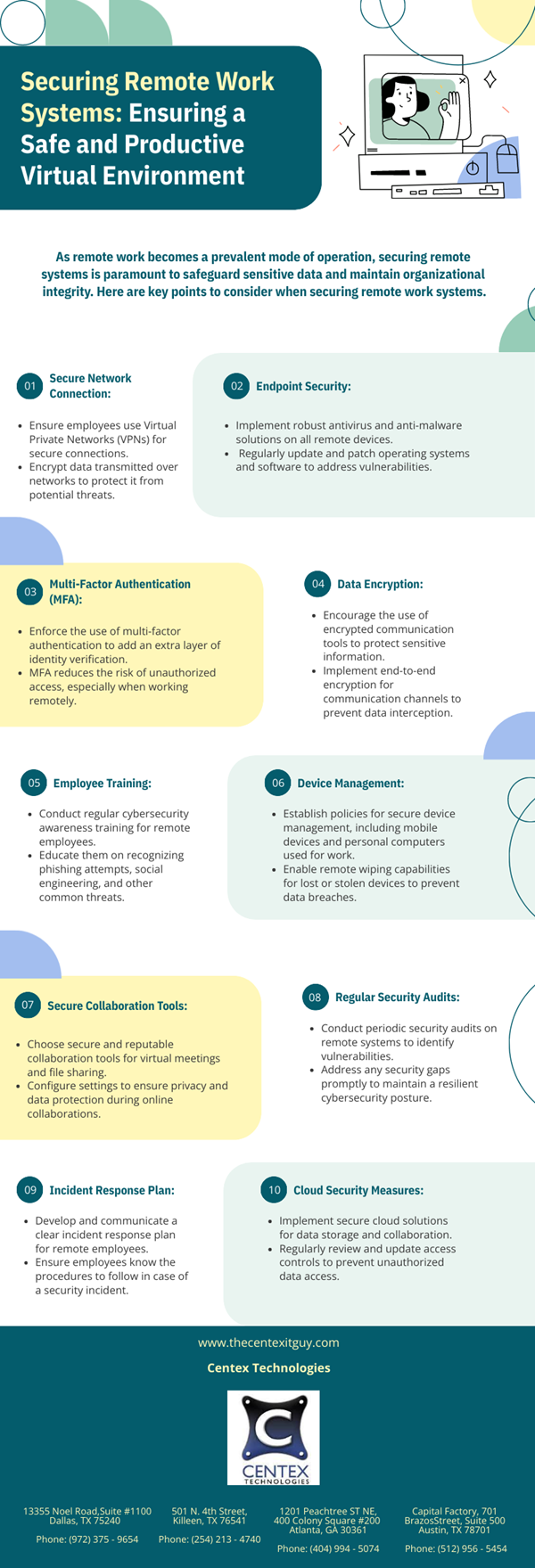Email serves as a cornerstone for efficient communication in both personal and professional domains. Nonetheless, the widespread use of email has rendered it a prominent target for cybercriminals, leading to a proliferation of intricate and sophisticated email attacks.
Understanding E-mail Attacks:
- Phishing Attacks: At the forefront of email attacks, phishing is a prevalent and deceptive tactic where cybercriminals pose as trusted entities to extract sensitive information from recipients. These fraudulent emails often employ urgent language, mimic reputable organizations, and include malicious links or attachments, making them challenging to identify.
- Spear Phishing: Taking phishing to a personalized level, spear phishing targets specific individuals or organizations. Cybercriminals meticulously gather information about their targets to craft highly credible emails, tailoring them to the recipient’s interests or responsibilities. This targeted approach increases the effectiveness of the attack.
- Business Email Compromise (BEC): BEC attacks involve manipulating or impersonating high-ranking executives to coerce employees into financial transactions or revealing confidential information. Leveraging trust and authority, these attacks employ sophisticated social engineering techniques to deceive employees, posing a significant threat to organizational finances and security.
- Malware Distribution: Emails serve as a common conduit for the distribution of malicious software (malware) through attachments or links. These malware-laden emails often appear legitimate, enticing recipients to open attachments or click on links that trigger the execution of a malicious payload.
Recognizing Email Attack Red Flags:
- Unusual Sender Addresses: Vigilance in scrutinizing sender email addresses is crucial to detect slight variations or misspellings that may indicate an impersonation attempt. Implementing email filtering tools enhances the identification and quarantine of suspicious emails.
- Unexpected Attachments or Links: Caution should be exercised when receiving unsolicited attachments or links, especially from unknown sources. Employing advanced threat protection tools that analyze and block malicious attachments or URLs is essential for preemptive defense.
- Urgent Language and Requests: Emails demanding immediate action or containing urgent language may signal a phishing attempt. Training employees to verify the legitimacy of urgent requests through secondary communication channels becomes imperative to avoid falling victim to such tactics.
Safeguarding Strategies Against Email Attacks:
- Employee Training and Awareness: Conducting regular phishing awareness training is imperative to educate employees on recognizing and reporting suspicious emails. Fostering a culture of cybersecurity awareness encourages employees to remain vigilant against evolving email threats.
- Multi-Factor Authentication (MFA): Enforcing Multi-Factor Authentication (MFA) introduces an extra layer of security, necessitating users to furnish multiple forms of identification to gain access. This substantially diminishes the likelihood of unauthorized entry, even in the event of compromised login credentials.
- Advanced Email Security Solutions: Investing in advanced email security solutions that leverage artificial intelligence and machine learning is paramount to detect and mitigate evolving email threats. These solutions analyze email patterns, identify anomalies, and block malicious content before it reaches the recipient.
- Regular Security Audits and Updates: Performing routine security audits to pinpoint vulnerabilities and promptly address them is essential. Regularly updating email systems, software, and security protocols is essential for mitigating known vulnerabilities and fortifying the overall cybersecurity posture.
Recognizing the characteristics of various email threats and implementing robust safeguarding strategies empowers individuals and organizations to fortify their defenses against constantly evolving cyber threats, fostering a secure and resilient digital environment. For more information on cybersecurity tools for businesses, contact Centex Technologies at Killeen (254) 213 – 4740, Dallas (972) 375 – 9654, Atlanta (404) 994 – 5074, and Austin (512) 956 – 5454.

